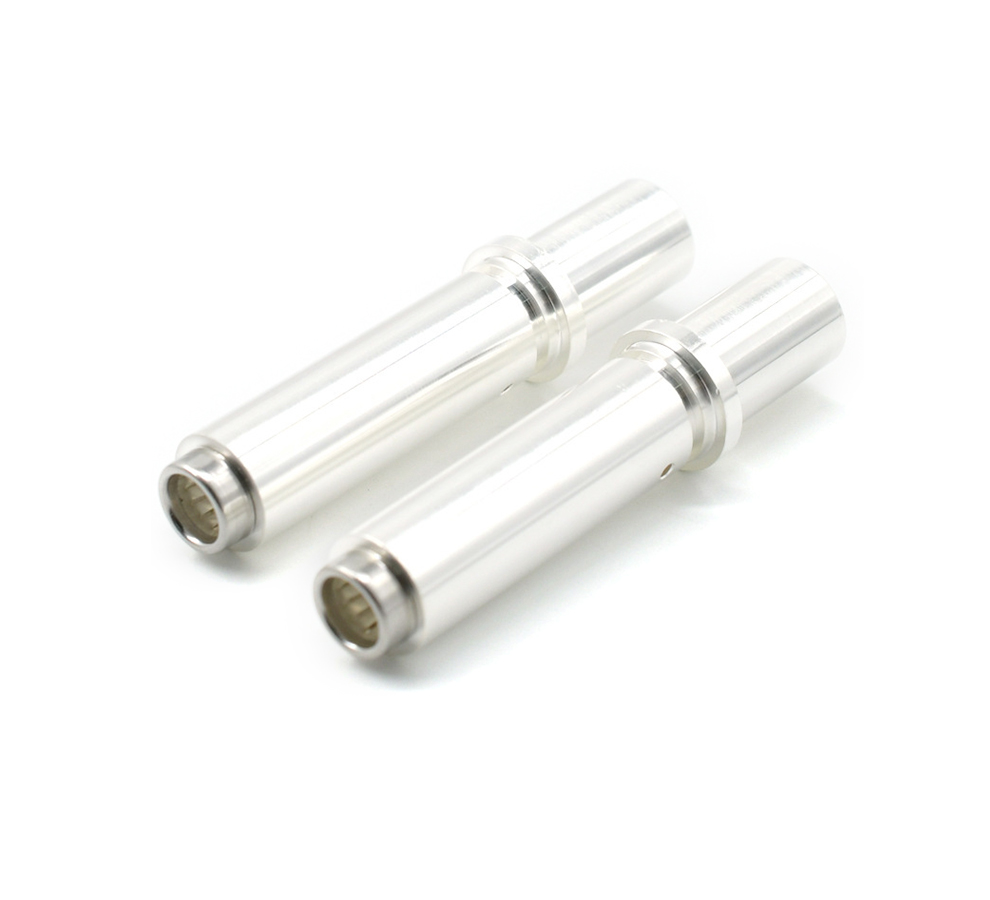Time:2025-06-10 Views:1 source:News

With the rapid development of the new energy industry, high-current probes have become essential in the testing of new energy batteries, such as lithium - ion batteries used in electric vehicles and energy storage systems. These probes are designed to handle the high currents involved in battery charging, discharging, and performance testing.
During the manufacturing process of new energy batteries, high-current probes are used for cell formation. Cell formation is a crucial step where the battery cells are subjected to initial charging and discharging cycles to establish their structural framework and electrochemical properties. High-current probes with low contact resistance are required to ensure a constant and stable current flow during this process. The quality of the cell formation directly affects the performance and lifespan of the final battery product. For example, if the current transfer during cell formation is inconsistent due to poor - performing probes, it can lead to uneven cell activation, resulting in cells with different capacities and impedance within a battery pack. This, in turn, can reduce the overall performance and reliability of the battery pack.
In battery testing, high-current probes are used to measure parameters such as alternating current internal resistance (ACIR) and direct current internal resistance (DCIR). These measurements are critical for evaluating the battery's performance, safety, and quality. ACIR and DCIR tests help determine how well the battery can conduct electricity and how much internal resistance it has, which are important indicators of the battery's health. High-current probes are designed to accurately measure the high currents required for these tests, typically ranging from several amperes to hundreds of amperes, depending on the battery size and type. The probes need to provide stable and reliable current transmission even under the intense heat generation that occurs during high-current testing.
The design of high-current probes for new energy battery testing often features modular solutions. This modular design allows for flexibility in adapting to different battery sizes, shapes, and testing requirements. Manufacturers can customize the probe configurations to fit specific battery testing setups. For example, in a battery research laboratory, researchers may need to test a variety of prototype battery cells with different form factors. Modular high-current probes enable them to easily change the contact mechanisms and connection points to accommodate these diverse cells. Additionally, the probes are designed to have a long lifespan and high durability, as they are subjected to repeated use in battery testing facilities. They are made from high - quality materials that can withstand the mechanical stress of making and breaking electrical connections during multiple testing cycles.
Moreover, high-current probes for new energy battery testing are designed to work in harmony with advanced battery testing equipment. They can be integrated with automated testing systems that can precisely control the charging and discharging currents, monitor the battery's voltage and temperature, and record large amounts of data during the testing process. This integration enables comprehensive battery performance evaluation. For instance, by combining high-current probes with data acquisition systems, engineers can obtain detailed information about the battery's behavior under different load conditions, which is crucial for improving battery design, optimizing charging algorithms, and ensuring the safety and reliability of new energy batteries in real - world applications.
Read recommendations:
Industrial Magnetic PogoPin Industrial
Energy storage connector metal terminal
Magnetic connector battery management for portable medical devices